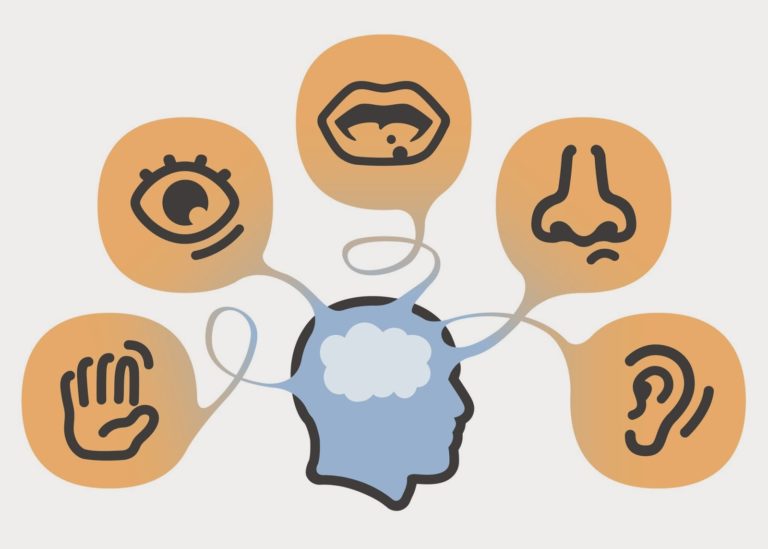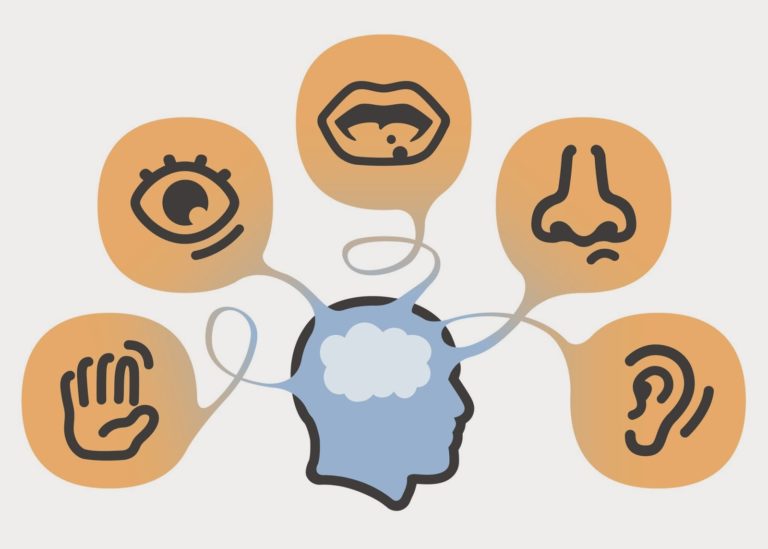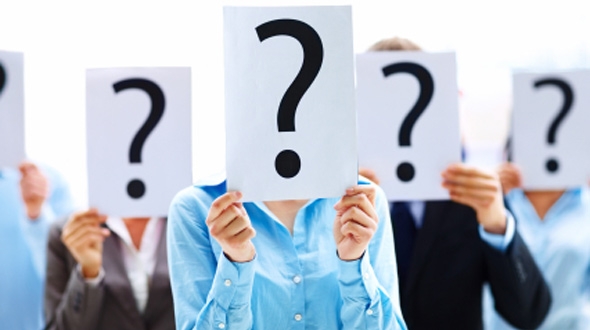After talking to many museum and heritage professionals this year we find one of the most common question asked by everybody – how can we increase visitor footfall? What can we do for audience development? How can we increase audience engagement ? A follow-up question we ask is do you have temporary exhibitions and programmes at your museum? While this is one of the main channel for audience development not all museums have this ‘luxury’. The ones that can afford it would like to effectively use the resources to see more visitors. they would like to see more value.
Also visitor foot fall and engagement are often thought as similar if not same. They are different. As the name suggests visitor foot fall looks at the number of visitors visiting a place. Most often the direct measure of this is the ticket sales. This is also one of the parameters (not the only one) of measuring the success or failure of an exhibition or programme. The other parameters included in evaluating success are goals achieved, audience engagement, audience reach, revenue generated from memorabilia and time invested verses spent to set up the exhibition/programme.
Audience engagement is defined as an individual’s will to learn something new or build on existing knowledge. Daniel Pink’s theory states that true engagement is motivated by autonomy (choice and control), mastery, and purpose (can connect learning to situations in your life / society).
True engagement is defined by an individual’s choice to take on a difficult (but not too difficult) task that has relevance for him or her, whether it be physical (playing a sport or a musical instrument) or purely cognitive (making sense of competing ideas). Continued engagement is achieved through finding or creating new challenges, making the task harder as mastery increases. Video games often lead players through levels of increasing difficulty. A sports fan who is knowledgeable about basketball – who has perhaps learned about it by playing him or herself – is much more likely to be engaged in watching a game than someone who has never previously attended to the sport.
Can we equip our heritage sites and museums to be as engaging? While audience development through digital engagement has huge scope a separate blog post will do justice. Here we have collated 5 non digital ways by which you could make your museum more interesting. These methods are not heavy on the pocket keeping in mind that museums in India and elsewhere in Asia run on very low budgets.
Understand your audience – Many of the museums we surveyed wanted to attract all types of visitors. While that’s a situation every museum wants, in most cases the reality is different. Knowing your audience is as important to museums as it is to any business. This is the key to audience development. There are many ways on dividing your audience based on purpose, age, goals, professions, ethnicity. The decision on the approach for dividing the audiences is based on factors like museums vision, type of collection and desired impact.To start with you could ask yourself – are my audience tourists, school students, young adults, millennials, families or specialists? A science museum may target students and specialists while tourists and families may be the main audience for an arts museum. To have a maximum of three main audience types helps to use resources effectively. Do you know what their needs are? Do you know what their likes and wants are? What gets them excited? What are the modes of communication used by them? What are they curious about? Forms, interviews and focus groups are some of the few tried and tested ways of understanding who your audience are. By asking the correct and relevant questions one can find out the audience needs and wants.
Use the outside in approach – a visitor centered approach is the mantra successful museums have and are following. This has helped them not only to increase footfall but also increase the museums public value and audience engagement. All programmes, exhibitions, marketing and communication material are focus on the audience for effective use of the limited resources a museum often works under. Mention below are few of the techniques used by museums to incorporate this approach in their exhibitions and programmes.
- Front end evaluation – is often carried out at the early development of the programme or exhibition to ascertain the desirability of a particular plan of action.
- Formative evaluation – while a programme or exhibition is being developed
- Summative evaluation – at the end of the exhibition or programme to describe what happened as a consequence of the exhibition or programme
Create modes of communication targeted for your audience – Do your signage, captions, wall texts, marketing material speak in the language of your audience? If your target audience are millennials and families your language will be less technical versus a specialist audience. Lucy Harland’s post on Writing Text for Museums: Knowing Your Audience talks about the importance of aligning your wall texts and captions with your target audience. Aligning your marketing and publicity material with your target audience is equally important. Jewel stores and builders do a good job at creating ads that are targeted to various target segments. Museums like Victoria and Albert Museum, Tate Modern and many popular international museums use multiple ads targeting specific audience types for their special exhibitions. Gone are the days of one size fits all.

Indulge the senses. credit – bestpracticeautism.blogspot.in
Create simple sensorial experiences – We have five senses which we use to understand and experience the world around us. Sight, sound, touch, taste and smell are the keys to opening the doors of experience. Using these senses while creating simple experiences can have an impact on the visitor. For eg. place a magnifying glass next to a miniature painting and see visitors spend more time observing the painting, thus engaging with it. Having a bell next to a Nandi statue will help visitors activate their tactile and auditory receptors along with the visual senses.
Partner with complementary organizations – There is growing awareness of the importance of partnerships and collaborations. Collaborating with other museums or partnership of any kind is a relatively new idea in India and very few museums have looked at it seriously and consider it relevant. According to the report published by British council on Re-Imagine Museums and Galleries: UK-India Opportunities and Partnerships only a few museums have formed some type of partnership at a local and national level with other museums and even fewer museums have any international collaboration.
While international partnership may not be a possibility for smaller museums, local partnerships offer an opportunity for a win win situation. Partnering with embassies, corporates and state departments can prove beneficial. The tourism ,transport, education departments are a few explored, information and public relations, social welfare, public health departments, are yet to be engaged. Not to forget other sectors specific to a particular exhibition.
ReReeti works with museums, galleries and heritage sites across India to plan strategies, design systems and implement programmes to increase audience engagement and institutional/company visibility. Email us at info@rereeti.org for a free consultation.
 Tejshvi Jain is the founding director of ReReeti and an ATSA fellow. She is passionate about making heritage and culture more accessible. She had been an arts writer, teacher and curator prior to setting up this non-profit organization.
Tejshvi Jain is the founding director of ReReeti and an ATSA fellow. She is passionate about making heritage and culture more accessible. She had been an arts writer, teacher and curator prior to setting up this non-profit organization.









well researched a.nd written. Interesting and useful read. Thanks
Thank you for your comment. Glad this article caught your eye!